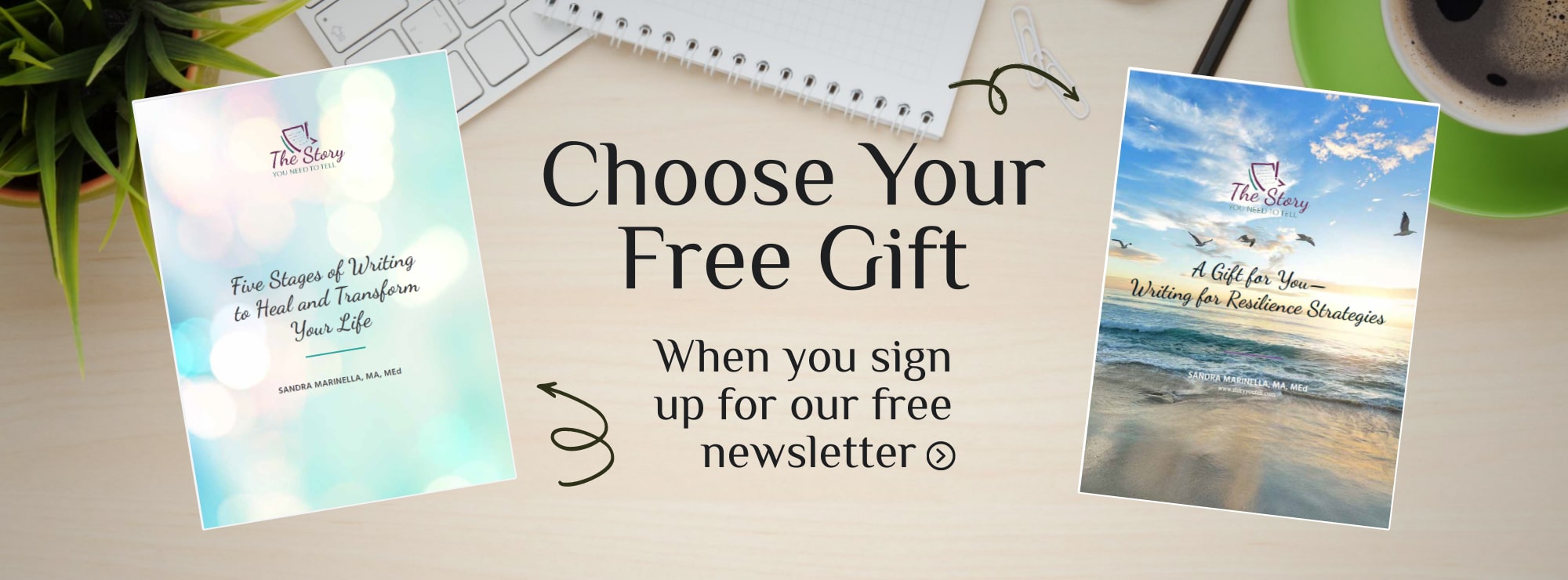The Artist Within
When I was in fourth grade, I lived in a little coal mining town outside of Derby, England, for about a year. It was here I began to wrap my head around how huge and different our world was. Turns out my dad, unbeknownst to the child me, was an adventurer. My mom tolerated this because she loved him. His drive. His curiosity.
While living in Derby my dad worked on an engine project during the week, but on weekends he loved nothing more than taking our family in our brown Volkswagen van to see all the sights England had to offer—cathedrals, estates, gardens, historic sites, and museums. Of course, now, I am grateful to have seen this “other world” as a youngster, but at the time my two brothers and I learned to roll our eyes at the thought of trapsing around yet another British castle,
After a one weekend trek to an art museum in London, we came home with a book. My dad was not a warm and fuzzy kind of guy, but he did love giving us an occasional book. This art book included a photo of a painting we had seen called “Sunflowers” by an artist that interested my older brother Les. The work intrigued me by default. If Les liked it, I did too.
This would be the first time that this artist named Van Gogh would capture my attention, but of course, by now Van Gogh’s work has made its presence known to me many times. His bright colors have connected with not only me but millions of viewers who are riveted by his irises, sunflowers, starry skies, mountains, houses, cypress trees, peach trees, so many trees, his room in Arles–and the wheat field where he loved to paint and where he would eventually end his life.
The vivid colors of his painting inspired me, and his fight to overcome his illness stirred something in me. Perhaps compassion? I kept looking at those sunflowers. Then something was born in me. Maybe my artist self, for I began secretly drawing on the lined pages of my journal because it was the only paper I had available.
Picasso had his blue period. Inspired by Van Gogh, I had my tree period. My secret tree period. I drew mountains with trees and houses. Mostly trees and they were big and round, and I spent time sketching every leaf on a few of them and often I decorated my trees with flowers. All sorts. I imagined them as painted in bright, shimmering blues and greens and iridescent oranges and reds—but I lacked paint.
A year later, back home in Indiana, a pear-shaped Mr. Taylor strode into the art room at Homecroft Elementary and emitted sparks of enthusiasm for his dream of the school district art contest. There would be one winner from each class and one grand prize winner for each class at the district. Every fifth grader in my class fell under his spell. For weeks we labored over our masterpieces. I drew trees. Colorful trees.
Now Mr. Taylor did the unthinkable. He allowed us to draw what we wanted, and he gave us huge cadies with crayons in every color imaginable. I was in heaven. So was spikey-haired Deborah who sat across from me. As I sat roughing out my round, happy trees with flowers in the brightest of colors, primary colors, Deborah sketched a girl with the biggest eyes. The kind you could fall into. As we worked, we chatted, and I learned that Deborah went to art school on Saturdays. Her specialty was cartoons, and it was no surprise that her picture of a girl began to shape up as quite stunning—reminiscent of today’s Japanese anime girls. Tiny mouth and nose and blond hair that flowed in a dozen directions. And then Deborah created another girl and another. All beautiful and all busy catching the colorful fall leaves that were falling outside our classroom windows.
Now Mr. Taylor floated around the room as we worked, cheering us on with what is called a “fixed mindset” today. For he knew precisely what “art” was. He praised my “bold but terribly unrealistic colors” and then gushed at Deborah’s work. “Beautiful. I love the subtle colors of these fantastical girls, and how your eye is driven to the surprise of the red and gold leaves!”
Of course, Deborah won the art contest and may have gone on to fame at the district. I don’t remember. I liked Deborah so it was easy to be happy for her, but unwittingly, Mr. Taylor had convinced me I did not have what it takes to be an artist. He gave me my first creative rejection. I packed up my crayons and no longer drew trees for the eyes of others.
But the ending of this story is still being written. For I realize now that the story of Van Gogh resonated with me because he understood far better than I ever would the pain of artistic rejection. Completely committed to his art, he retreated to Arles, France, and to wheat fields to explore a vision that few could see or understand. The creative trek often belongs to the creative artist alone. The more I have looked at art, the more I have grown to understand this. And the more I look at Van Gogh’s art, the more I love it. The vivid colors. The sunhats he wore. The thick strokes of paint. The trees. All of it.
At last, I see there was something to learn from my fifth grade art experience. First, I learned to love looking at art and studying it. But more, I have discovered that it is okay to embrace your own unique creative process. Not everyone will get it and that makes the gift of it even more precious.
Last week I went to the Idea Museum with my granddaughter Harper. After we explored the exhibits, we found ourselves creating trees out of popsicle sticks, paper plates, and colorful steamers. I added bold flowers all over my tree with marking pens and my granddaughter applauded my work. “Gigi, that tree is beautiful!” I am grateful she is still able to embrace art with the openness of a child. I hope she will always be open to unique ways of creating and viewing the world. May she build a safe space inside for the artist within her. I wish this for you—and I hope I may continue to do the same.
Note: The art attached to the blog is not my work. My childhood art was destroyed during a flood years ago. I do thank the child who created this piece for it spoke to me of “the artist within!”

